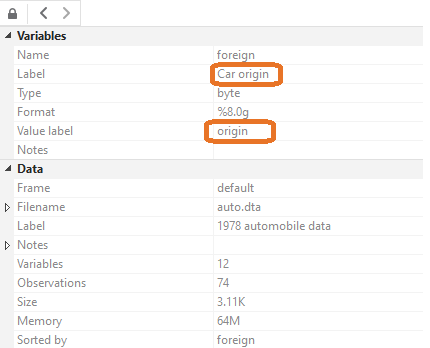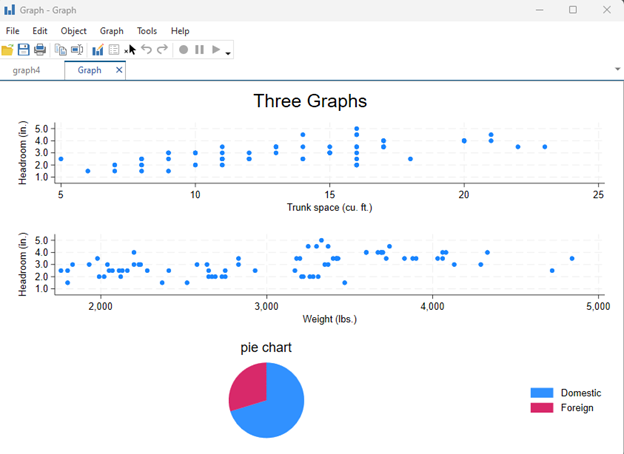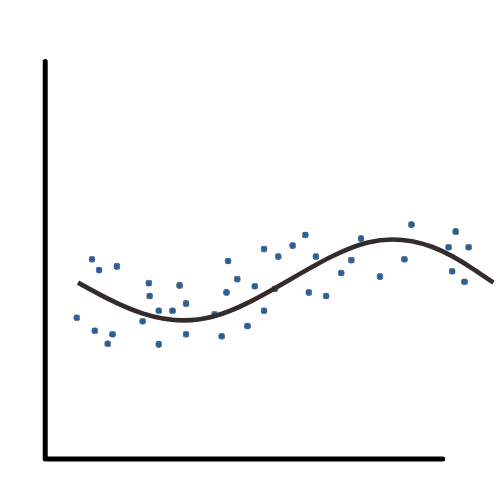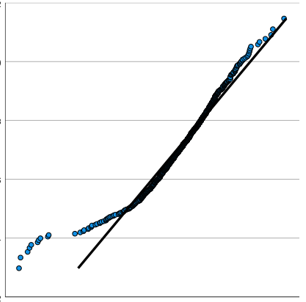Previous Posts
Repeated measures ANOVA doesn’t cut it for many repeated measures situations, but do you always need mixed models instead?
After talking with enough researchers, I've come to a few conclusions about why some researchers feel embarrassed about their statistical abilities, why they shouldn't, and what they need to become a proficient and confident statistical analyst.
We’ll now teach you to make your variables more approachable by adding labels. Note the different sections for “Label” and “Value label”. A label just provides a description of the variable, while a value label matches numbers to words.
You’ll be excited to hear we’re doing another Statistics Skills Accelerator for our Statistically Speaking members: Count Models. Stats Skills Accelerators are structured events focused on an important topic. They feature Stat’s Amore Trainings in a suggested order, as well as live Q&As specific to the Accelerator.
Once you’ve imported, examined, and cleaned your data, a common next step would be to make some visual displays or graphs. In this article we’ll go over the details of creating, naming, saving, and exporting graphs in Stata. We will do all of this using syntax, rather than Stata’s “Graphics” menu. If you want a […]
There are not a lot of statistical methods designed just for ordinal variables. But that doesn't mean that you're stuck with few options. There are more than you'd think...
Splines provide a useful way to model relationships that are more complex than a simple linear function.
Across the bottom are the observed data values, sorted lowest to highest. You can see that just like on the histogram, the values range from about -2.2 to 2.2. (Note, these are standardized residuals, so they already have a mean of 0 and a standard deviation of 1. If they didn’t, the plot would standardize them before plotting).
This month we are featuring a 9-module software tutorial by Kim Love: An Introduction to Data Analysis using R. It’s perfect for people who: have never used R before, need to refresh their R skills after not using it for while, have figured out R on their own and would like a more systematic tutorial








 stat skill-building compass
stat skill-building compass